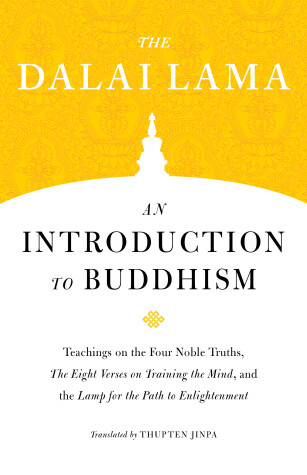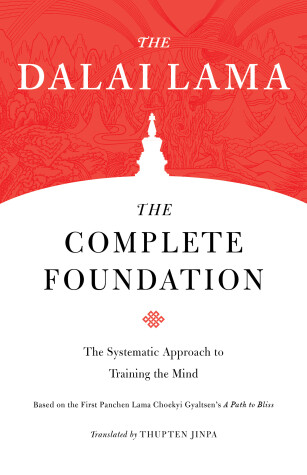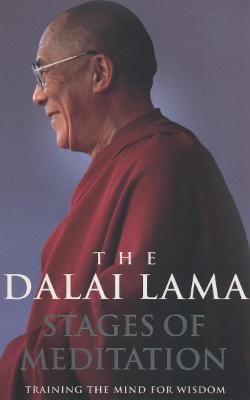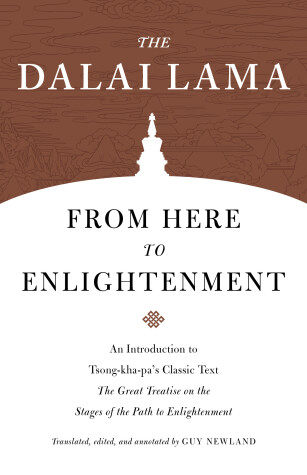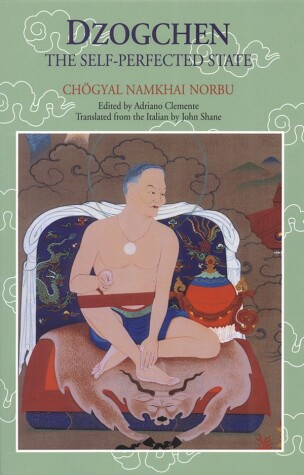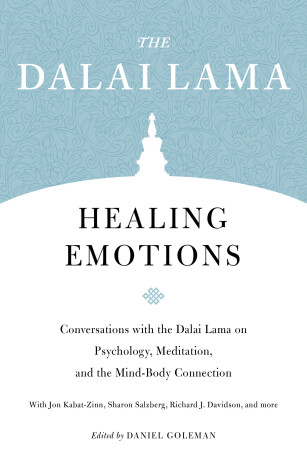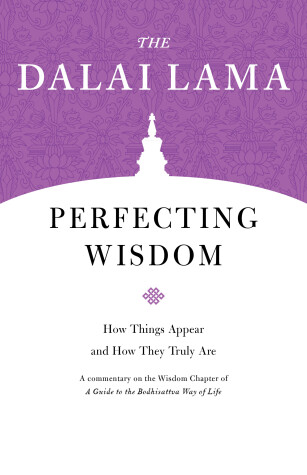Core Teachings of Dalai Lama
3 primary works • 8 total works
Book 1
There is no one more suited to introduce beginners—and remind seasoned practitioners—of the fundamentals of Tibetan Buddhism than His Holiness the Dalai Lama. Speaking to an audience of Western students, the Dalai Lama shows us how to apply basic Buddhist principles to our day-to-day lives. Starting with the very foundation of Buddhism, the Four Noble Truths, he provides the framework for understanding the Buddha’s first teachings on suffering, happiness, and peace. He follows with commentary on two of Buddhism’s most profound texts: The Eight Verses on Training the Mind and Atisha’s Lamp for the Path to Enlightenment, often referring to the former as one of his main sources of inspiration for the practice of compassion.
With clear, accessible language and the familiar sense of humor that infuses nearly all of his work, the Dalai Lama invites us all to develop innermost awareness, a proper understanding of the nature of reality, and heartfelt compassion for all beings.
This book was previously published under the title Lighting the Way.
Book 2
Clear, eloquent, simple, and profound, His Holiness’s teachings are easily accessible to beginning practitioners yet richly nourishing to those more advanced in practice. In The Complete Foundation, the Dalai Lama shows how visualization, reason, and contemplation can be systematically crafted to enhance personal development. Beginning with practices designed to create an effective mental outlook, His Holiness skillfully guides the student to more advanced techniques for developing the mind’s deepest potential and happiness. With impeccable attention to detail and a seamless balance between technical guidance and a delightful sense of playfulness, this book exemplifies the sophistication and elegance of Tibetan Buddhist methods for spiritual development.
This book was previously published under the title The Path to Bliss.
Book 5
In Stages of Meditation, His Holiness offers his highly practical views on the subject of meditation: how to meditate, the various different procedures and approaches we can take, what we and others may gain from it. He explains how we can develop a spiritual path in a proper sequence rather than in a scattered, piecemeal fashion. He also shows the importance of building up both method and wisdom, as well as cultivating compassion and 'special insight' as we train our minds.
This impressive and stimulating book will not only bring the Dalai Lama - one of the world's most popular and pragmatic spiritual leaders - to a huge new audience but, because so many people round the globe are now practising meditation, from a basis of religious faith or none, this is a work which will doubtless be in print for many years to come.
Drawn from the lectures he gave during his first three visits to North America, the book covers the core subject matter of Tibetan Buddhism, as presented for the first time to an English-speaking audience. The chapters are arranged developmentally from simple to complex topics, which include the luminous nature of the mind, the four noble truths, karma, the common goals of the world's religions, meditation, deities, and selflessness. Central to all these teachings is the necessity of compassion--which the Dalai Lama says is "the essence of religion" and "the most precious thing there is."
When the Dalai Lama was forced to go into exile in 1959, he could take only a few items with him. Among these cherished belongings was his copy of Tsong-kha-pa's classic text The Great Treatise on the Stages of the Path to Enlightenment. This text distills all the essential points of Tibetan Buddhism, clearly unfolding the entire Buddhist path.
In 2008, celebrating the long-awaited completion of the English translation of The Great Treatise, the Dalai Lama gave a historic six-day teaching at Lehigh University to explain the meaning of the text and to underscore its importance. It is the longest teaching he has ever given to Westerners on just one text, and the most comprehensive. From Here to Enlightenment makes the teachings from this momentous event available for a wider audience.
Can the mind heal the body? The Buddhist tradition says yes--and now many Western scientists are beginning to agree. These discussions between the Dalai Lama and this group of prominent physicians, psychologists, philosophers, and behaviorists could not be more timely. The book is a record of the third Mind and Life Conference, a meeting that took place in Dharamsala, India, gathering Buddhist teachers and Western scholars to discuss questions that provide a framework for an ongoing dialogue between psychology and Buddhism. Edited with a new foreword by Daniel Goleman, this exploration of stress, death, meditation, self-compassion, and much more underscores the timeliness and significance of working together--across scientific and religious aisles--for the greater benefit of humankind.
Shantideva’s A Guide to the Bodhisattva Way of Life is one of the most important texts in the Mahayana tradition of Buddhist practice. Its ninth chapter, the section on transcendent wisdom, is known among Buddhist scholars as a challenging exposition of Madhyamika philosophy and difficult to understand without a commentary. This extraordinarily clear discussion of the wisdom chapter is based on an oral teaching given by His Holiness the Dalai Lama before an audience of thousands of Tibetans and Westerners. This invaluable volume with its precise explanation of core issues of Tibetan Buddhism stands as a key work in Buddhist literature.
This book was previously published under the title Transcendent Wisdom.
